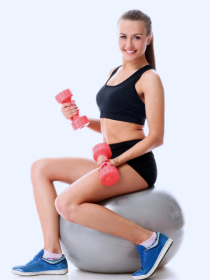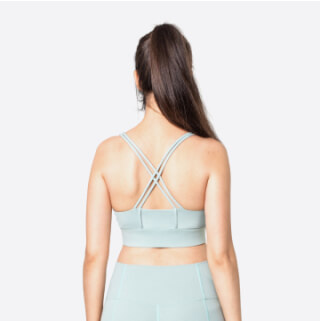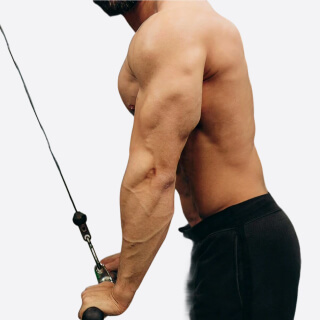
Hammer Curls
|
20 s - 5 kg |
30 s - 5 kg |
|---|---|
| 10 s | 15 s |
Instructions
Hammer curls work the elbow flexors — the muscles that bring your hand to your shoulder by bending your elbow. The elbow flexors are made up of the biceps brachii, brachioradialis, and brachialis (3Trusted Source, 4Trusted Source, 5Trusted Source].
The biceps brachii is the most superficial of the flexors and is the most visible mass on the front of the arm. It has two heads that originate at the shoulder joint and a bony prominence on the front of the shoulder blade. It inserts on the radius bone, just below the elbow.
Because the biceps brachii crosses both the elbow and shoulder joints, it creates motion for both joints. Namely, it flexes the elbow and assists in flexion of the shoulder.
The brachioradialis originates on the upper arm, closer to the elbow joint, and terminates on the forearm, just before the wrist. This muscle helps to flex the elbow but also gives visible mass to the front of the forearm (4Trusted Source].
The brachialis also originates on the lower portion of the upper arm bone, and it attaches at the large inside bone of the forearm, called the ulna. It’s the least visible but also the strongest flexor of the elbow during the hammer curl (5Trusted Source].
Equipment's

This exercise is best performed with a set of dumbbells.
-
- While standing or sitting, hold dumbbells at your sides with your palms facing each other.
- Keep your back straight and your elbows against your sides.
- Bend your elbows, bringing the dumbbells up toward your shoulders while keeping your upper arms in line with your trunk. Your palms will stay facing each other.
- Pause for a 1–2 count, and then slowly lower the dumbbells back to the starting position at your sides.
- Perform 2–3 sets of 8–15 repetitions.

